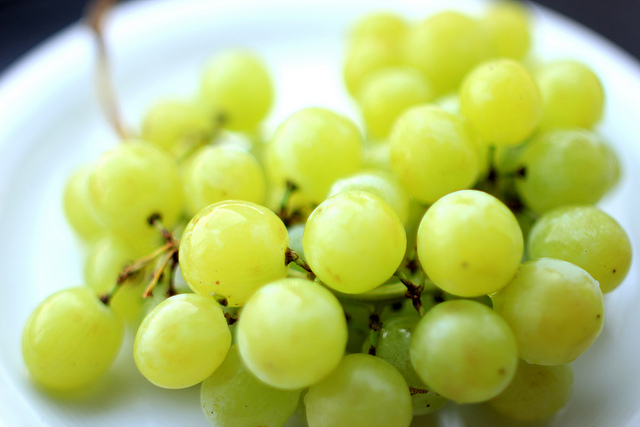If you have thought about cooking for your dog, now’s the time! November 1 is National Cook For Your Pets Day and what could be better than a starting a home cooked diet? Dr. Oscar E Chavez BVetMed MRCVS MBA is a licensed veterinarian and Chief Medical Officer for JustFoodForDogs, a company that makes cooking for your dog easy with premade meals and kits that are veterinarian approved. Below are his top 10 tips to cooking for your dog.
#1 – Make sure it’s balanced
If you are using the food for long term feeding, you should know that it is very difficult to achieve a balanced diet consistently with only food items. Be sure your recipe is formulated by a veterinarian or expert in nutrition and calls for some sort of vitamin/mineral supplementation. This is akin to our supplementing our own nutrition with a multi-vitamin daily. One example are the DIY (Do It Yourself) kits offered by JustFoodForDogs.com.
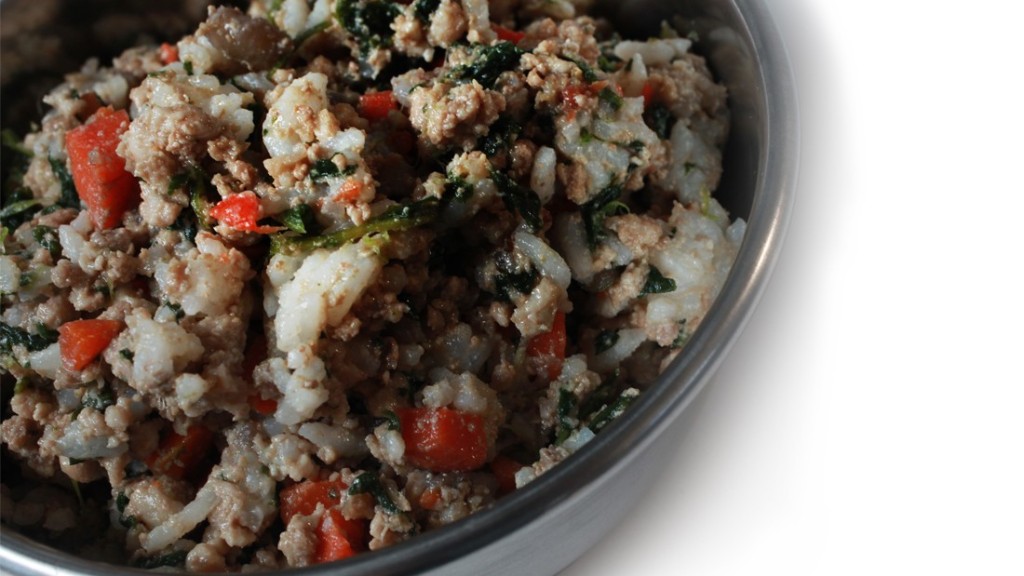
#2 – Cooked is easier to digest
Make sure you cook the food thoroughly. Contrary to the trending “raw” diets, most homemade recipe ingredients are better digested by dogs when cooked. Potatoes, sweet potatoes, and vegetables can all be better digested by dogs when they are cooked.
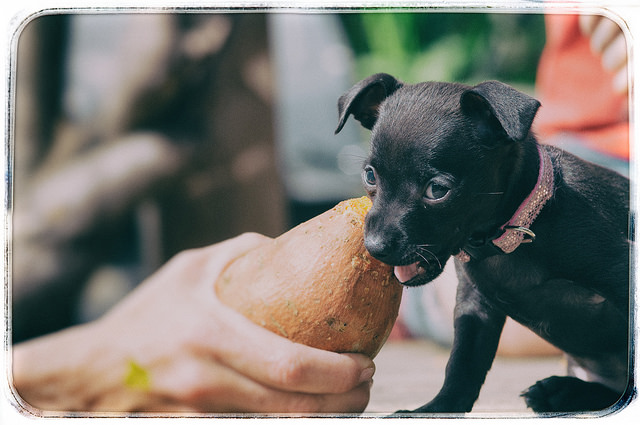
#3 – Be sure your meat is safe
Make sure you cook meat thoroughly to kill bacteria and (possibly) parasites. Also contrary to the “raw” fad, legally speaking there is no government certification or approval for the consumption of raw meats, neither for people or dogs. The highest quality of meat inspection and approval (conducted by the USDA) assumes you will be cooking meat. This is because it is impossible to remove all bacteria from meat.
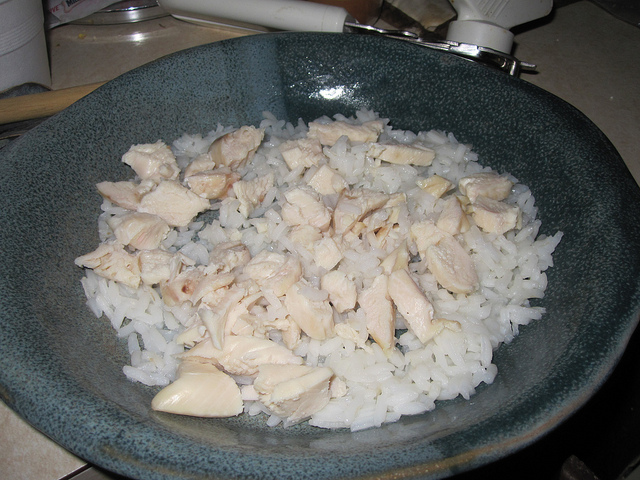
#4 – Organ meats are a good source of minerals
Human edible organ meats can be a great source of needed minerals such as Iron, Copper, Magnesium, etc. Liver, Heart, even Kidney are all available for human consumption and have undergone very high standards of inspection and approval.
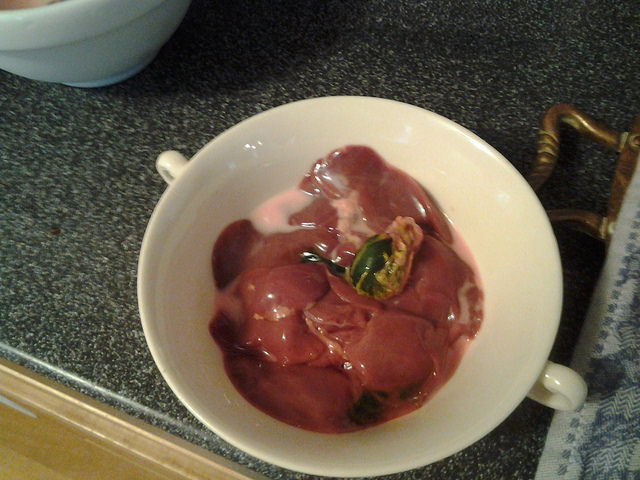
#5 – Use novel proteins for sensitive tummies
Some dogs have sensitive digestive tracts, for these dogs mild proteins can help. Cod, Salmon, Venison are great calming proteins both because they are highly nutritious and also because they are somewhat “novel” – the dog’s sensitive digestive system hasn’t become “sensitized” to them yet.
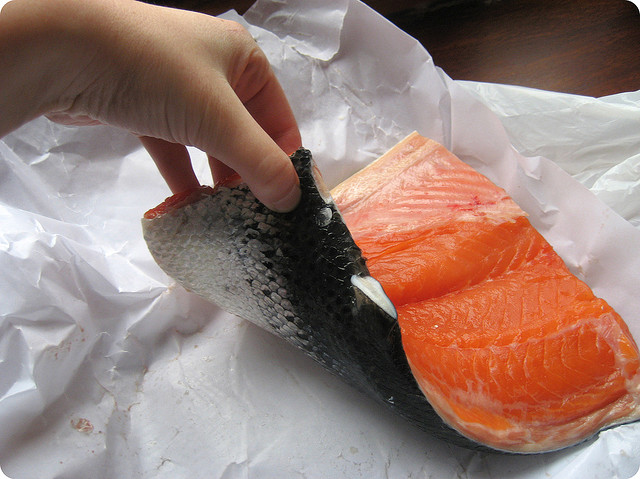
#6 – Cook fish thoroughly
If you do use fish like Salmon and Trout, it is very important that you cook the fish all the way through. Raw fresh water fish can contain parasites that can cause illness in dogs.
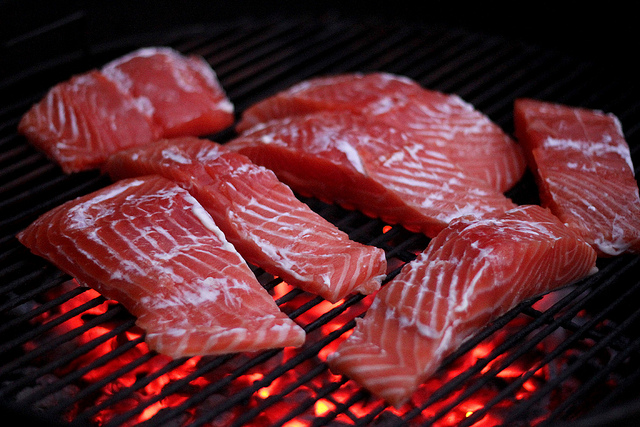
#7 – Be careful about where your ingredients are from
When you are sourcing your ingredients, it’s best that you stick to the grocery store or an online human food store. “Feed” grade raw meats and carcasses have become available online, and those are not subject to any rules or regulations in processing, handling, storage, or transport.
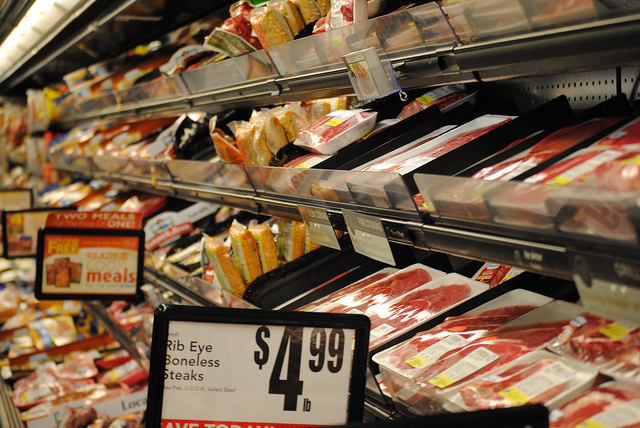
#8 – Make a bulk amount to save you time
Use a recipe where you make approximately 30 lbs of food at a time, and freeze what you can’t use in 4 days. 30 lbs of food is a workable amount (with large cookery). Some people make an entire’s month of food in a day, filling the freezer once a month.

#9 – Use a food processor for legumes and beans
Legumes and some tough veggies can be difficult for dogs to digest, only because they do not chew their food like we do. Thus if your recipe calls for beans or legumes, send these ingredients through a food processor after cooking and before mixing.
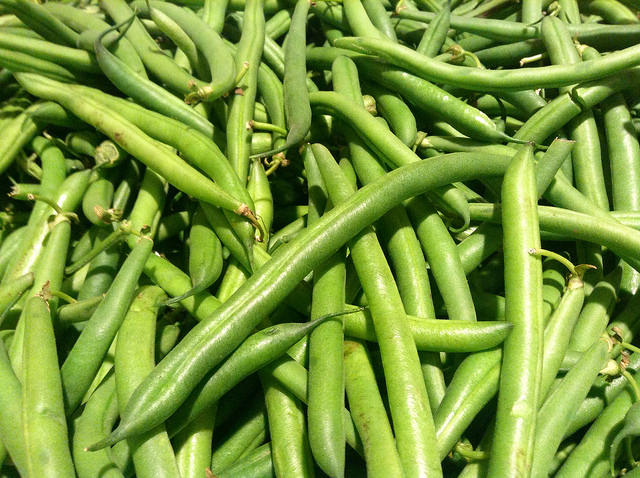
#10 – Avoid these ingredients
Always avoid the following: nuts of all kinds especially macadamia, cocoa or coffee products, grapes, raisin, onions, potatoes that have sprouted, apple cores (with seeds), excessive seasoning, excessive poultry skin, and fatty foods. Coconut oil should not be added to a diet unless it has been formulated by vets as it will dilute all other nutrients substantially.
